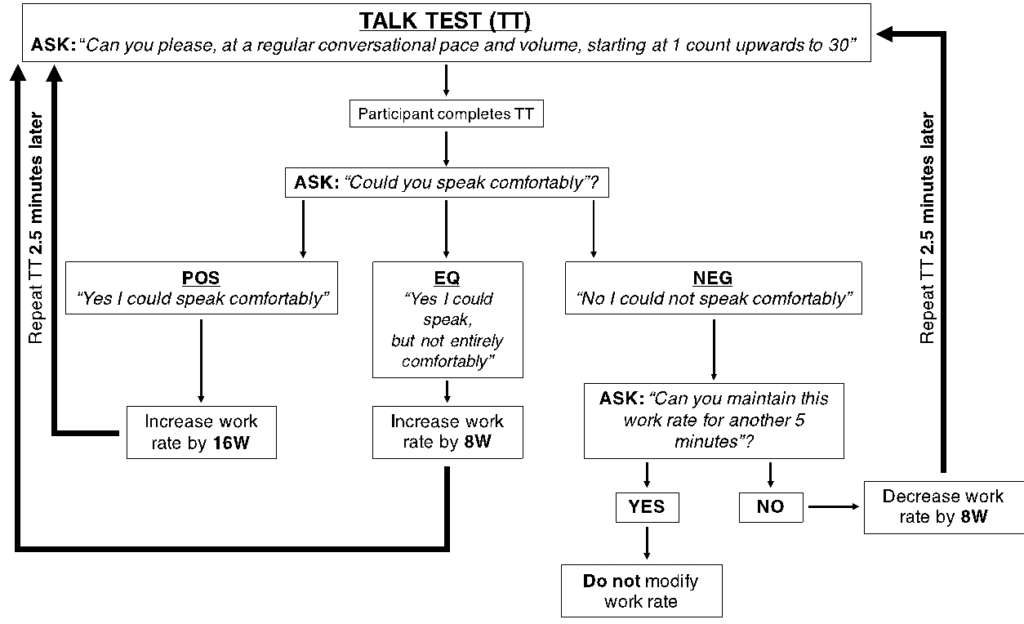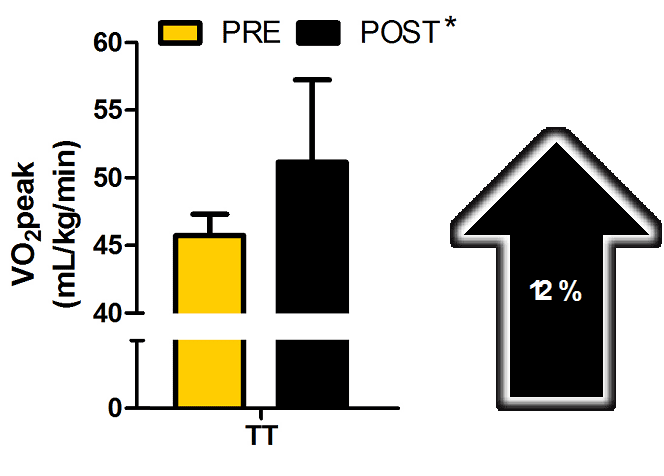Canadian Science Publishing sponsors the Applied Physiology, Nutrition, and Metabolism Undergraduate Research Excellence Awards, which are awarded in partnership with the Canadian Society for Exercise Physiology and the Canadian Nutrition Society. Award winner Nick Preobrazenski shares his research on the Talk Test.
By Nick Preobrazenski
Generating a research question can seem like a daunting task and collaboration is key. Fortunately, my supervisor, Dr. Gurd, and a PhD candidate in the Queen’s Muscle Physiology Lab, Jacob Bonafiglia, supported me along the journey of figuring out my question, which developed into my thesis, Prescribing and Guiding Exercise Intensity Using the Exercise Talk Test. I have always been intrigued by a memory from several years ago where my physician father gave exercise advice to my guitar teacher and told him that the best intensity of exercise that he should use was a level where he could still speak comfortably. So as you can imagine, I was really pleased to finally have the opportunity to explore this idea further.
What is the Talk Test?
Picture yourself on a difficult hike up a mountain. As you reach higher and higher you will probably be surprised by how you feel tired sooner than you expected, and you will likely find it difficult to carry out a regular conversation.
In 1939, an Oxford University professor named John Grayson advised mountaineers “to climb no faster than you can speak” to ensure the mountaineers would not endanger themselves because of the physiological challenges associated with high altitudes. In a way, Grayson was prescribing an exercise threshold or intensity to the mountaineers similar to how a doctor prescribes a dose of medicine.
Exercise intensity is traditionally prescribed as a percentage of an individual’s maximum heart rate or as a percentage of an individual’s fitness (i.e., VO2peak; our body’s maximum rate of oxygen consumption). These prescription methods have demonstrated their ability to improve fitness; however, they also have limitations. For exercise intensity to be prescribed properly using these methods the exerciser must wear a cumbersome mask and have a clinician administer and interpret the fitness tests. So, it can be uncomfortable as well as expensive.
In the early 2000s the Talk Test was developed as a way to recommend a level of exercise intensity based on one’s ability to speak comfortably. The Talk Test is an accessible, completely free, and non-invasive method of prescribing exercise intensity. The Talk Test is a subjective way of determining how hard one should exercise, and it has been studied in a variety of populations such as well-trained non-athletes, sedentary and moderately active males and females, and cardiac rehabilitation patients.
During exercise, exercisers recite standardized 30-word phrases such as the Pledge of Allegiance or count out loud up to 30. When they finish the phrases and while they continue to exercise, they are asked whether or not they could speak comfortably. Exercisers can respond in one of three ways:

POS, Positive Talk Test response; EQ, equivalent Talk Test response; NEG, negative Talk Test response
The responses allow exercisers to work at an intensity associated with one of the three responses. When exercise intensity is kept at the highest (i.e., NEG) stage, exercisers appear to be above their maximal lactate steady state (MLSS). The MLSS is an important metabolic threshold. It is defined as a certain amount of change in the concentration of blood lactate, which is an indicator of metabolic stress over a period of time. Studies have found that when exercisers train at an intensity greater than their MLSS, their fitness improves significantly.
From these observations, my research question arose: Can the Talk Test alone be used to prescribe and guide exercise training intensity over a four-week period and lead to improvements to fitness?
Optimizing a Talk Test protocol
We developed a protocol to guide the exerciser’s intensity and keep it at a level where they could not speak comfortably (i.e., NEG). Fourteen young, healthy males around age 20 participated in the study. Before starting training, each participant completed a maximal fitness test on a stationary bike to determine their starting fitness levels (i.e., VO2peak). Then they did four weeks of training on a stationary bike, three or four times per week for 30 minutes per session. After completing training, they redid their fitness test to assess changes in fitness level.

Developing a protocol was not as easy I thought it would be. The whole point of the protocol was to keep participants in the NEG stage for the duration of exercise. We thought that completing the Talk Test every five minutes would be sufficient to accurately gauge intensity. However, we quickly learned that some participants needed to adjust their work rate (i.e., resistance X revolutions per minute) more frequently. For example, some participants felt like they were working too hard and could not maintain their intensity for the next five minutes. For these participants, we had to reduce the resistance. Also, there were others whose resistance we had to increase to get them to arrive at NEG. The diagram below illustrates the final protocol. Note that an 8W increase in work rate is equivalent to adding 100 g of weight to the stationary bike’s resistance pan as the participant pedals at 80 revolutions per minute.

Talk Your Way To Improved Fitness
Participants significantly improved their fitness. On average, fitness improved by 12% over the four-week period (see Figure 1). This is a big change for an aerobic training protocol of four weeks.
However, some people exercise and do not improve their fitness. In the Queen’s Muscle Physiology Lab, we established a threshold to characterize fitness responses. If a participant falls above the dashed line in Figure 2, then they experienced a true physiological improvement with training. If they fall below the dashed line, then they did not. In my thesis, only one participant’s response (~7% of the sample size) fell below this threshold.

Mean group responses in VO2peak (means ± standard deviation). * significantly different from PRE (p < 0.001).

Individual responses in VO2peak for those prescribed intensity using the Talk Test.
Why This Matters
Prescribing and guiding exercise intensity using the Talk Test improved VO2peak and led to a high percentage of exercisers improving their fitness. These results suggest that you can talk your way to improved fitness. Invasive procedures, clinician involvement, and expensive laboratory equipment may all be reduced if exercise is prescribed and guided by simply using the exercise Talk Test.
The next time you are at the gym exercising, try talking. According to my study, if it is difficult and you continue training at that intensity then you will improve your fitness – no fancy equipment needed.




